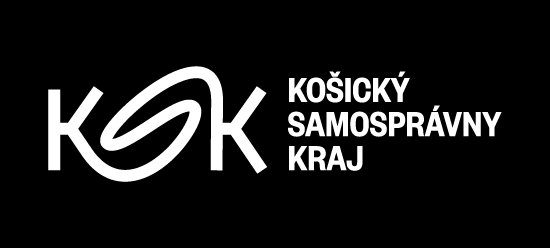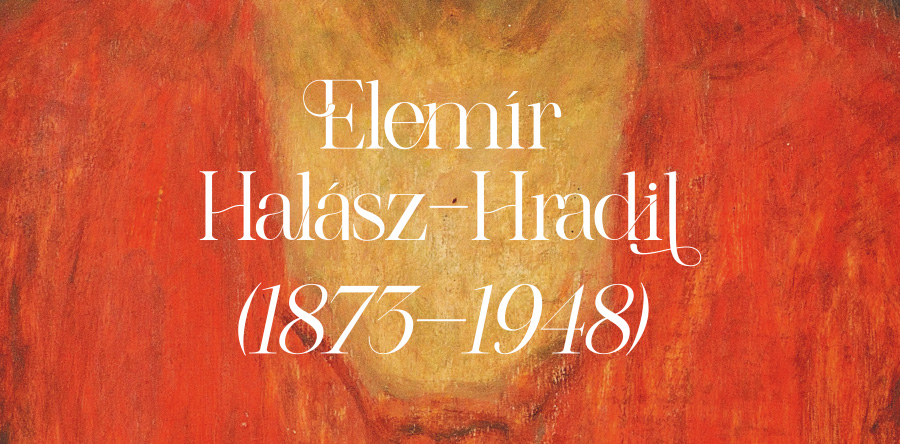Opening: 9. 3. 2023 at 6 PM
Exhibition duration: 10. 3. 2023 - 10. 9. 2023
Curator: Miroslav Kleban
Exhibition space A, Hlavná 27, Košice
This exhibition project is the outcome of two years of scientific research activities dealing with the life and work of the Košice artist Elemír Halász-Hradil. The exhibition is a continuation of the established research strategy, which gradually monographically maps out the work of individual representatives of Košice Modernism. Elemír Halász-Hradil has so far been marginally perceived as a modestly progressive modernist who ranks among the classical representatives of modern art. Halász-Hradil represents the so-called early modernism that formed before 1918. The essence of his creative activity lies in following the legacy of plein-air painting imbued with post-impressionist tendencies and Central European luminism.
The exhibition is conceived as a reflection of human life in times of changing geopolitical structures and cultural influences. In 2023, we also symbolically commemorate the 150th anniversary of the birth of this important Košice artist and educator. Halász-Hradil was born during the time of the monarchy and later witnessed various societal changes – from direct experience of war, through the disintegration of the monarchy, to the emergence of the new Czechoslovak state. The stories of these difficult times are told in his artwork. The intention of the curatorial concept is to present the artist’s work on a thematic basis, as Halász-Hradil’s artwork is broadly focused and varied in genre. The largest group of works from the selected collection are portraits and self-portraits, in which Halász-Hradil captured the psychological dimension of the portrayed person and emphasized the social status, thus following the social-critical dimension, which is a strong attribute of Košice Modernism. Another major theme that also defined the atmosphere of the turn of the 19th and 20th centuries is landscape painting, which was often conducted as outdoor trips to art colonies (Nagybánya, Szolnok). Landscape painting was still a by-product for many artists, but gradually, under the influence of the free colonies, a new type of intimate landscape painting with a very lyrical mood took shape. Artistic colonies were a cultural phenomenon at the turn of the 19th and 20th centuries, and their ideological sentiments were rooted in the spirit of the times, marked by the philosophy of positivism. This theory recognizes the visible world as the only reality, while it is on the basis of a rational reassessment of the world that one can arrive at a true knowledge of reality. The School of Nagybánya played a very significant role in the formation of art after 1900 and predetermined the orientation and artistic programs of Halász-Hradil. The influence of the free artists’ colonies, which also reached into the wider context of Central European art, is best seen in examples of his works. This phenomenon presents a complex problem concerning the cosmopolitan environment in which artistic programs and opinions were formed. It should be stressed that the Nagybánya or other artistic colonies did not create a unique artistic style, as is sometimes stated in older literature, but their common goal and program was mutual cooperation addressing the questions of the future of art, its direction, the questions of a new meaning of the painting, and how to overcome the classical academic stereotypes that had been established over time. A special chapter is dedicated to an unusual type of social landscape painting, battlefield images, i.e. drawings and paintings created during the direct fighting of World War I, when Halász-Hradil worked as a battlefield painter.
The exhibition presents more than 140 works (oil paintings and drawings) that retrospectively review the artist’s rich artwork. The exhibition also includes documentary material from the family estate, (correspondence, diaries, newspaper articles, drawings, military honors, and various personal documents). Perhaps the most indicative material from the personal estate in terms of value is the handwritten autobiographical memoirs, which document many aspects of Halász-Hradil’s life and his reassessment of his own work, reflections on art, relationships with colleagues, experiences from his travels in Paris, Munich, art colonies, and memories of World War I. In addition, recorded audio commentaries on selected works, which visitors can listen to via the VSG mobile app, add more detailed context to Halász-Hradil’s life and work.



